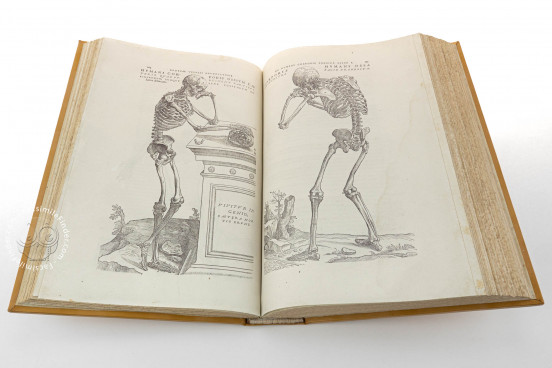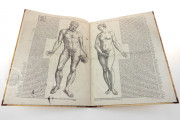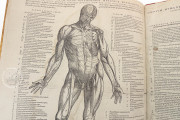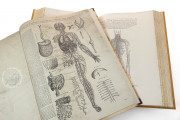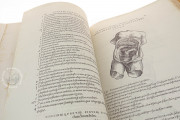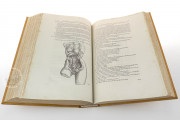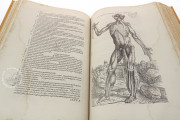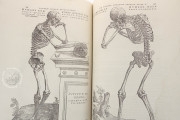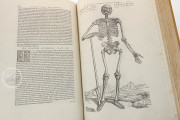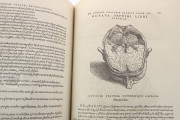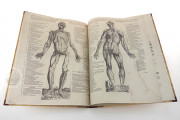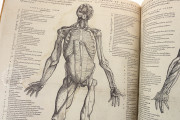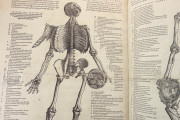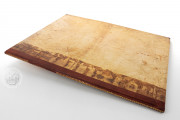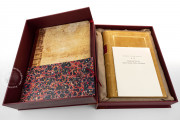Andreas Vesalius' magnum opus, On the Fabric of the Human Body (De Humani Corporis Fabrica), preserved in Kyoto, represents a watershed moment in medical history. Initially printed in 1542 and subsequently published on a grander scale in 1543, this revolutionary anatomical treatise required Vesalius to relocate to Basel, Switzerland, where he collaborated closely with printer Johann Oporinus to oversee its meticulous production. Accompanying the main work was the Epitome—a condensed six-chapter version designed primarily for students and frequently utilized during anatomical demonstrations. Due to extensive handling and the common practice of excising diagrams, only a small number of intact Epitome copies have survived to the present day.
The significance of Vesalius' achievement was immediately recognized; on August 4th, 1542, in Speyer, he presented his work to Emperor Charles V, who promptly appointed him as an imperial court physician.
A Revolutionary But Controversial Work
Vesalius fundamentally transformed anatomical practice. Prior to his innovations, human dissections followed a hierarchical structure: an anatomist would read from classical texts at the lectern while a surgeon performed the actual dissection according to verbal instructions. Vesalius vehemently rejected this detached approach, establishing the revolutionary precedent of the anatomist personally conducting dissections—a methodological shift that prioritized direct observation over textual authority.
In disseminating his findings, Vesalius fully anticipated the controversy his work would generate, as it represented the first substantial challenge to Galen's long-established theories. For centuries, Galenic principles had been accepted with near-religious reverence in medical circles. Consequently, many prominent physicians, including his former mentor Jacobus Sylvius, condemned Vesalius' work. Nevertheless, he garnered significant support within the medical community, with the renowned anatomist Gabriele Falloppio emerging as one of his most influential advocates.
The Revised Edition of On the Fabric of the Human Body
After establishing himself in Belgium in 1553, Vesalius served as a military surgeon for several years—experience that afforded him additional opportunities for anatomical investigation. Drawing upon these continued studies, he published a revised edition of On the Fabric of the Human Body in 1555, incorporating important corrections to his earlier work. Notably, he refuted the existence of the "rete mirabile"—a purported network of blood capillaries at the brain's base that, despite Galen's insistence, Vesalius could not verify through direct observation.
In this revised edition, Vesalius notably expunged previous commendations of his former mentor, Jacobus Sylvius, reflecting their deteriorating relationship. Throughout this period, his contentious debates with Galenist traditionalists continued unabated, with Vesalius steadfastly defending his empirically-grounded conclusions—positions fortified by his commitment to rigorous and systematic dissection practices.
We have 1 facsimile edition of the manuscript "On the Fabric of the Human Body": Andreas Vesalius, Fabrica and Epitome facsimile edition, published by Maruzen-Yushodo Co. Ltd., 2015
Request Info / Price
